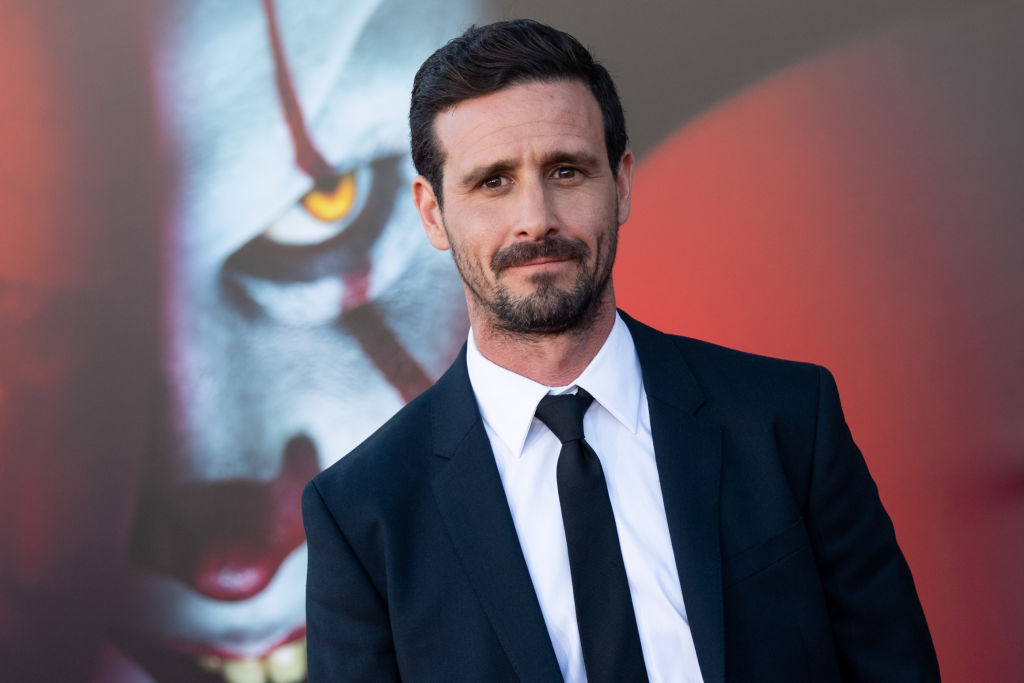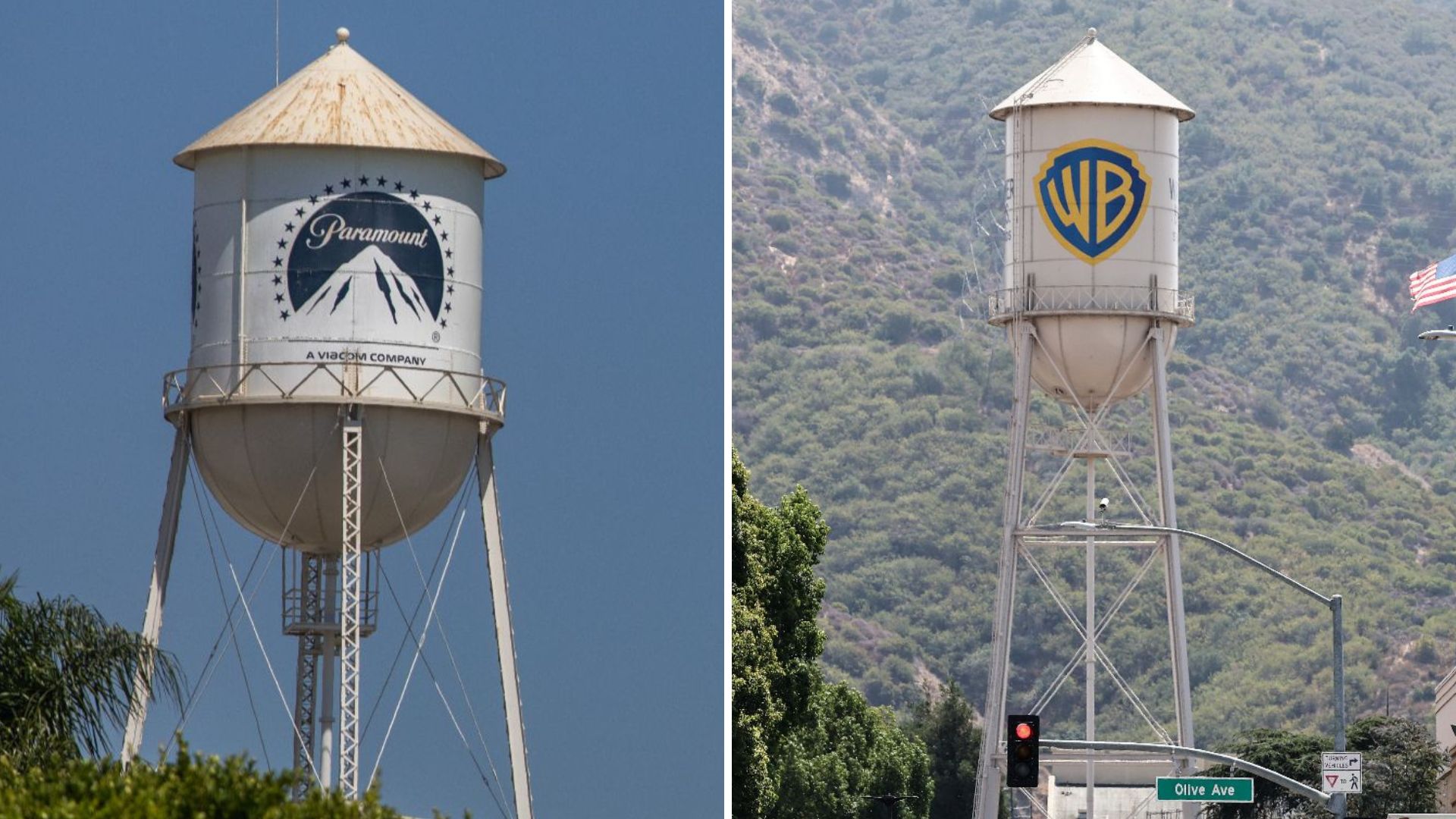
What comes to mind when you think of the future? Maybe it’s a clean, connected city full of innovation—or perhaps it’s a crumbling world shaped by chaos. In this list, you’ll see both possibilities through fourteen visualizations. Seven reflect progress and hope. Seven raises concern about what we might face instead. These aren’t guesses or fantasies. They’re based on real science, design, and storytelling. Each one influences how we think, vote, build, and adapt. You’ve likely seen them in classrooms, news reports, or films without even realizing their impact. Let’s begin with the best visualizations of the future, those grounded in possibility and meaningful intent.
"Wanderers"
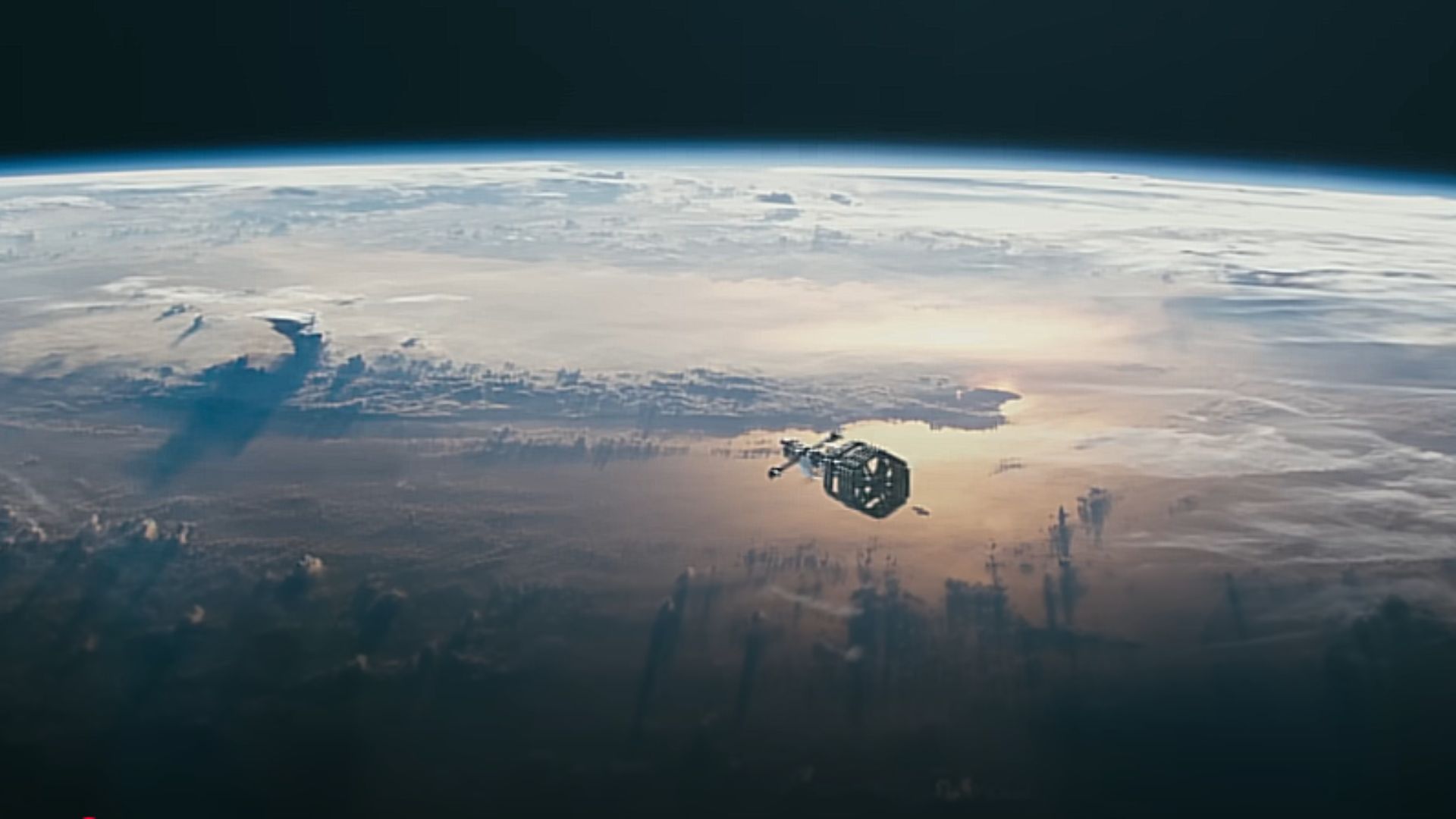
Carl Sagan’s voice carries across a silent solar system as images of Mars and Europa appear. These planetary surfaces are reconstructed using actual NASA and ESA data. In 2014, Erik Wernquist utilized this imagery to create a film that continues to shape people’s visions of the future of space exploration.
"Timelapse Of The Future"

The universe unfolds rapidly as John Boswell’s 2019 visual epic moves from the quiet end of our solar system to the heat death of the cosmos. Drawing from NASA and Fermilab data, it combines astrophysics and music. The result has reached millions and is widely used in classrooms.
"The Next US" (Pew Research)

Shifts in age and religion are among the changes mapped in this Pew Research visualization. Based on Census data, it also forecasts that by 2045, no single racial group will hold a majority. Used widely in policy and journalism, it helps us understand how the U.S. may evolve by 2060.
"NASA Environmental Visualizations"
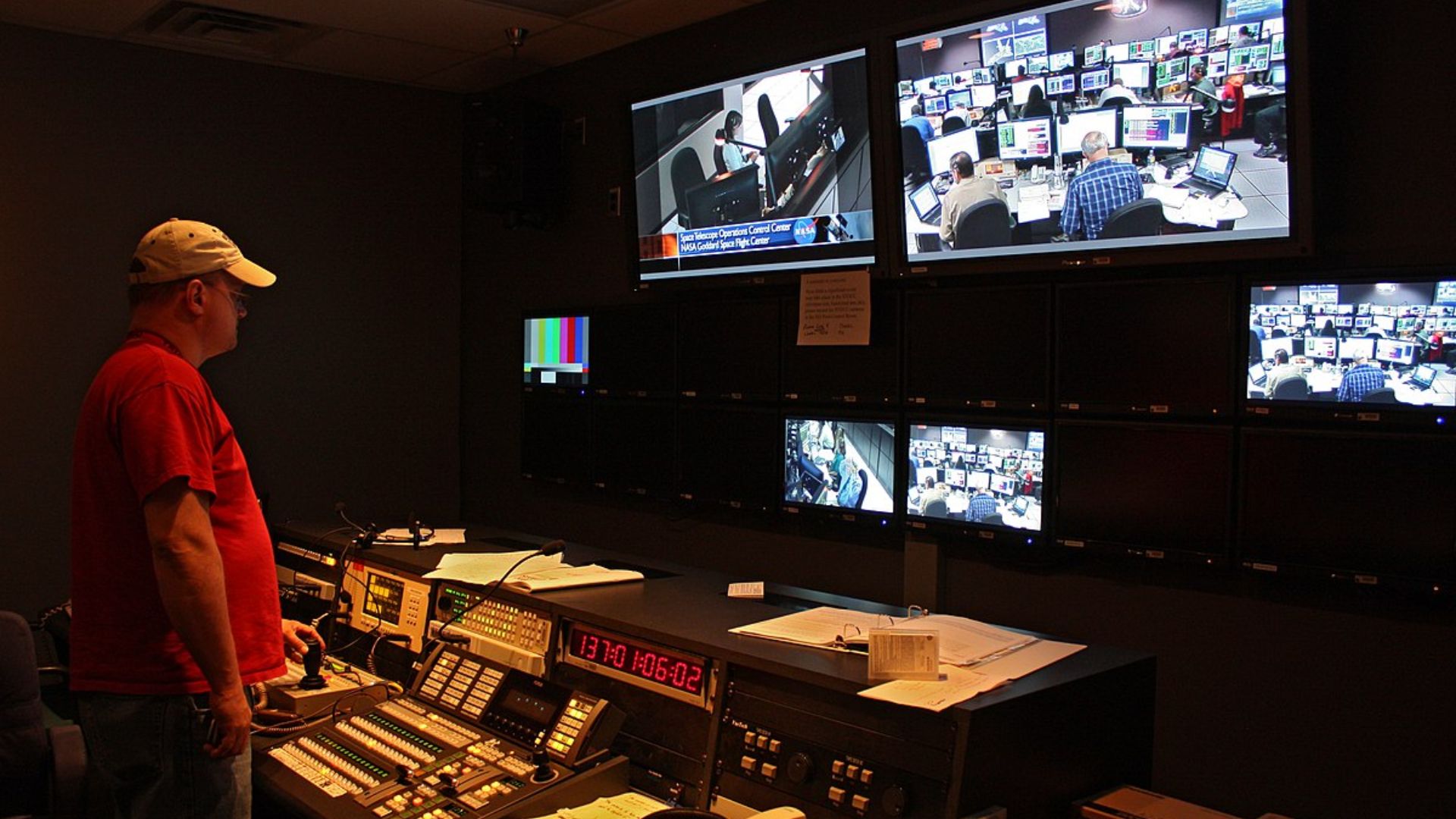
NASA’s Goddard Studio translates Earth data into motion. Its visualizations show changing sea levels and asteroid tracking. These materials are peer-reviewed and shared across classrooms and climate agencies. By simplifying complex science, they support informed decision-making in real-world contexts related to climate and planetary safety.
"City Of The Future" (MIT Senseable City Lab)

MIT’s Senseable City Lab reimagines how cities operate. Projects like Copenhagen Wheel and TrashTrack collect real-time data from everyday infrastructure. These tools are developed in collaboration with global partners, such as Singapore and Milan. The lab’s research influences urban planning by designing more adaptive and sustainable city environments.
"Climate Spiral"
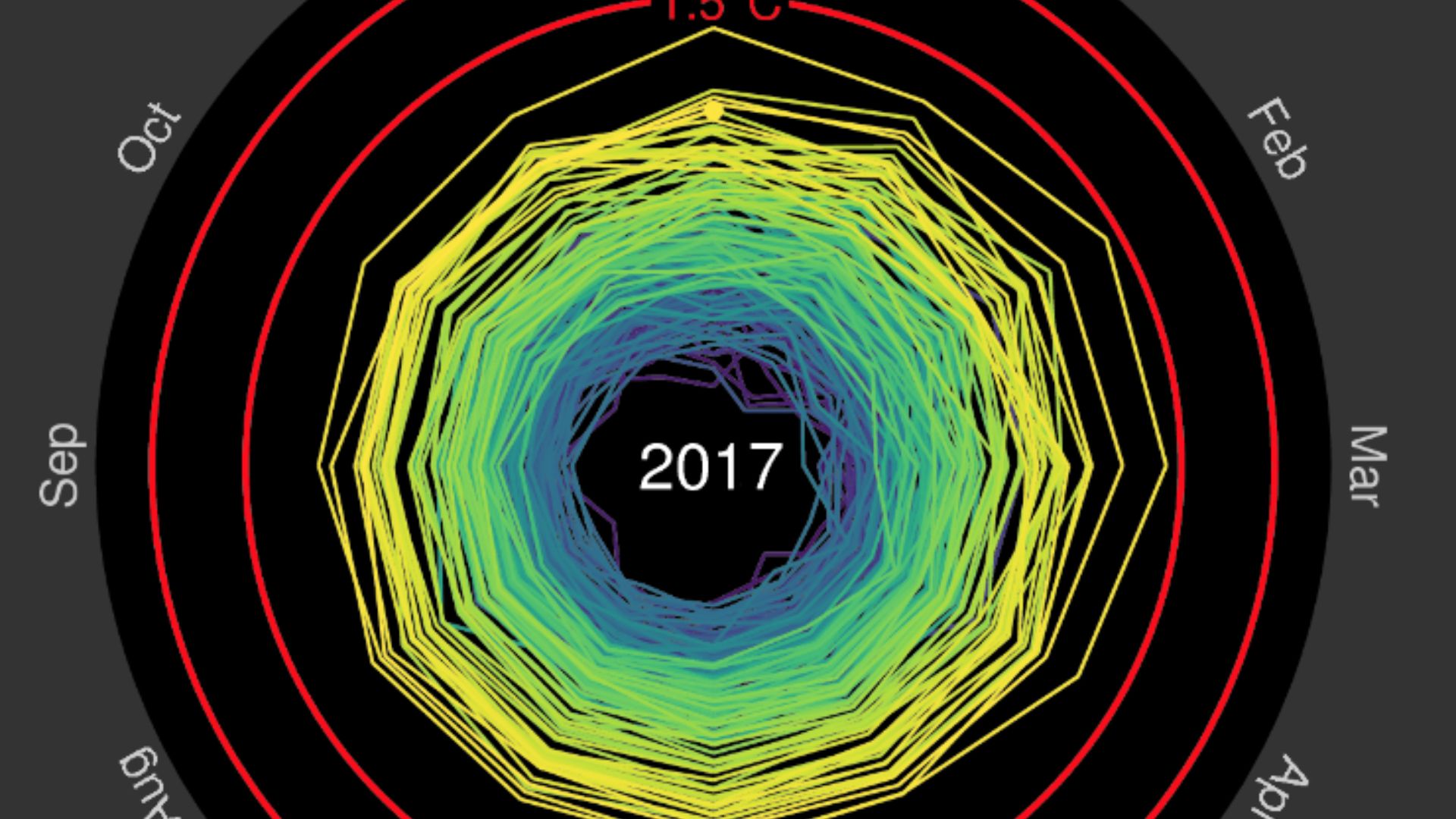
Instead of rising or falling, the lines spiral outward. Ed Hawkins designed this 2016 visualization using NOAA and NASA temperature data. It reveals global warming trends through expanding loops. Projected at the Rio Olympics and endorsed by scientists, the spiral made climate change visually immediate and globally accessible.
"Earth 2100"

Lucy’s journey through a changing century reflects the world’s escalating challenges. Climate and social disruption shape her experience. “Earth 2100,” released by ABC in 2009, combines dramatization and real data. With voices like Jared Diamond and Lester Brown, it visualizes the decisions we face now.
"Blade Runner"
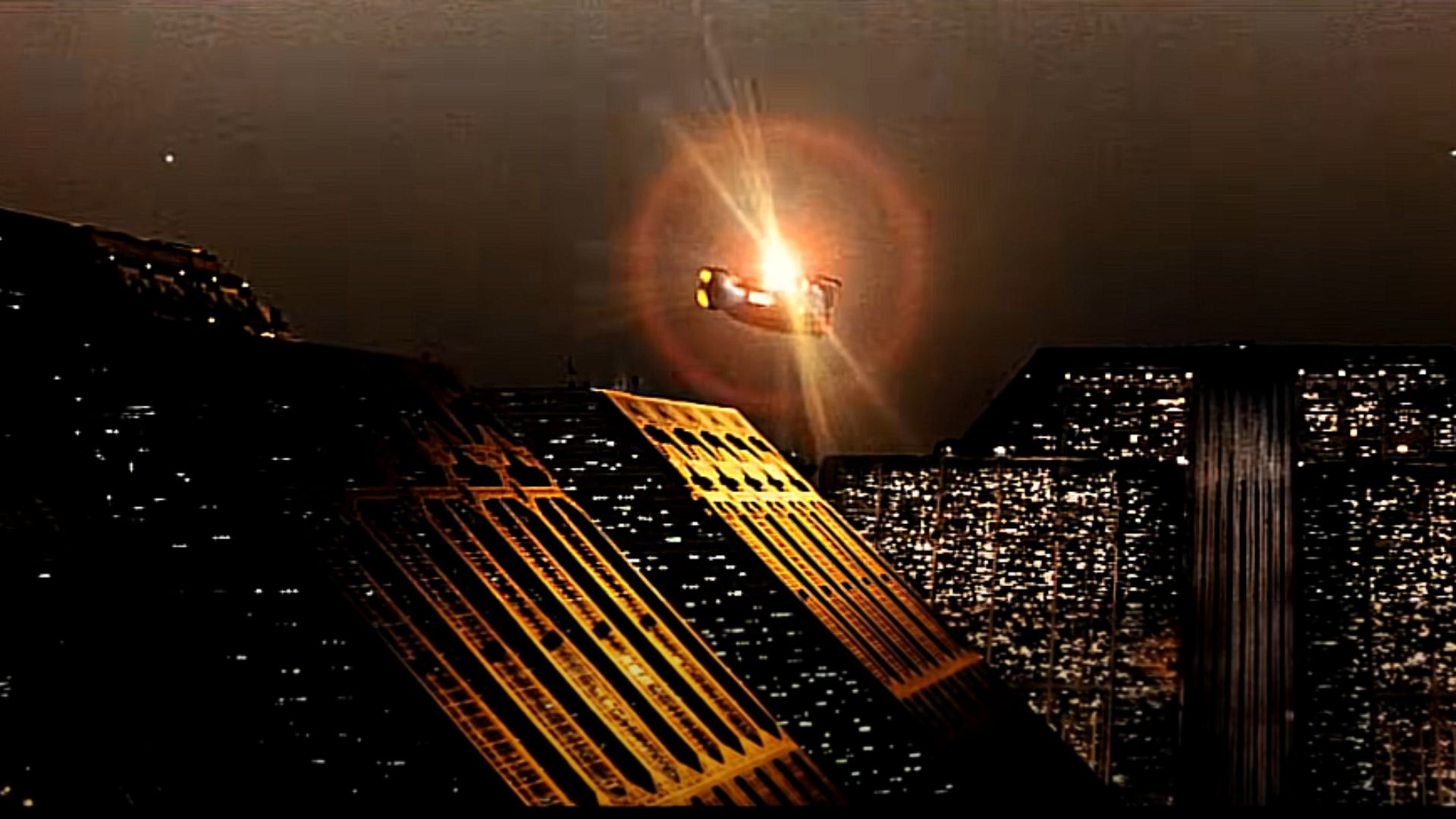
Los Angeles never sleeps in “Blade Runner.” The year is 2019, and neon haze blankets the sky while towers block the sun. Ridley Scott’s vision, inspired by Philip K. Dick’s novel, helped shape the cyberpunk genre. Its influence endures in how we imagine cities overwhelmed by technology and disconnection.
"Mad Max: Fury Road"
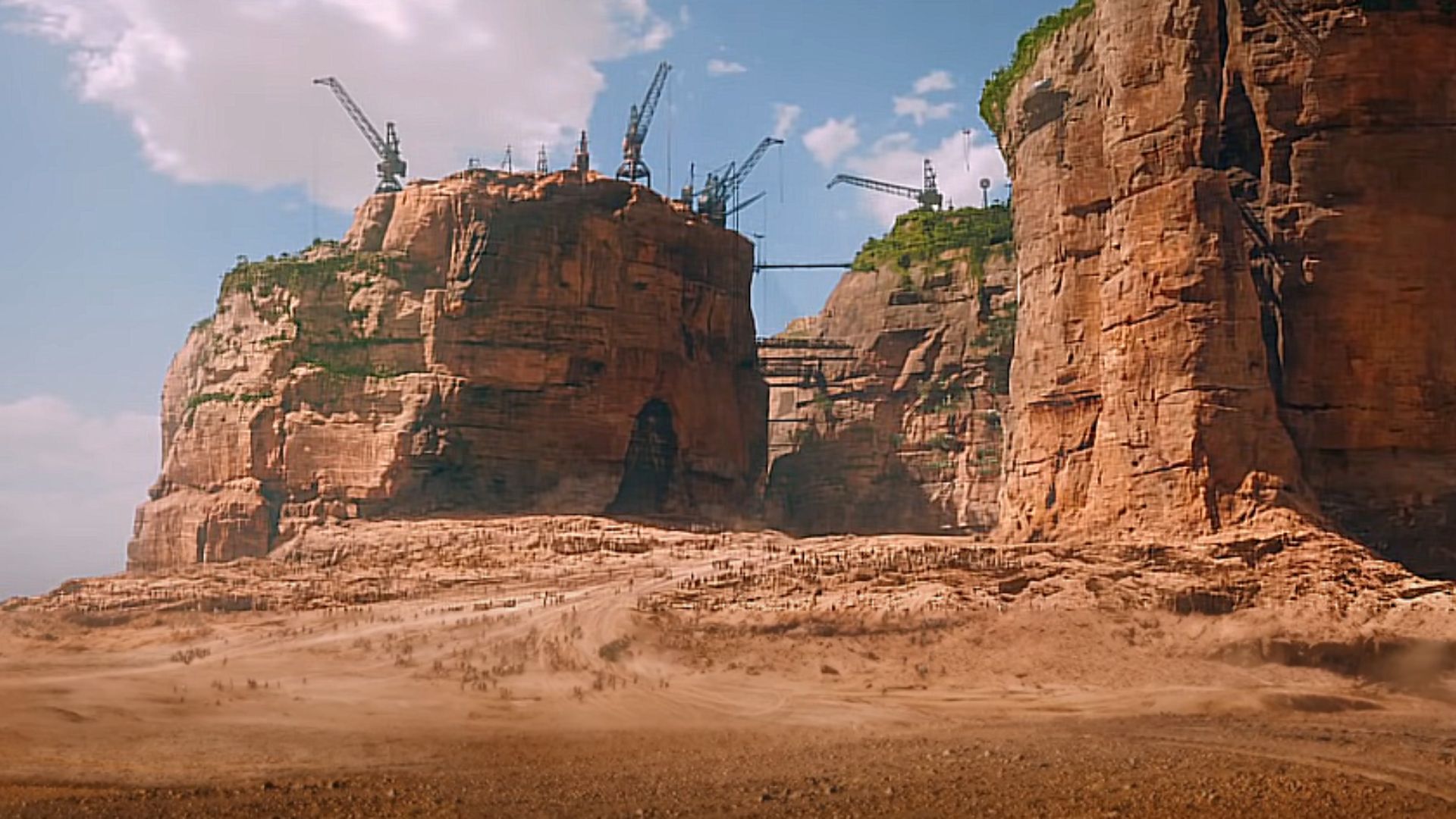
George Miller’s 2015 film uses brutalist design and kinetic violence to imagine life after environmental collapse. Its six Academy Awards underscore the visual impact of a scorched, survivalist world. In “Mad Max: Fury Road,” resources are currency, and chaos rules the road. A vast desert stretches where society once stood.
"The Road"
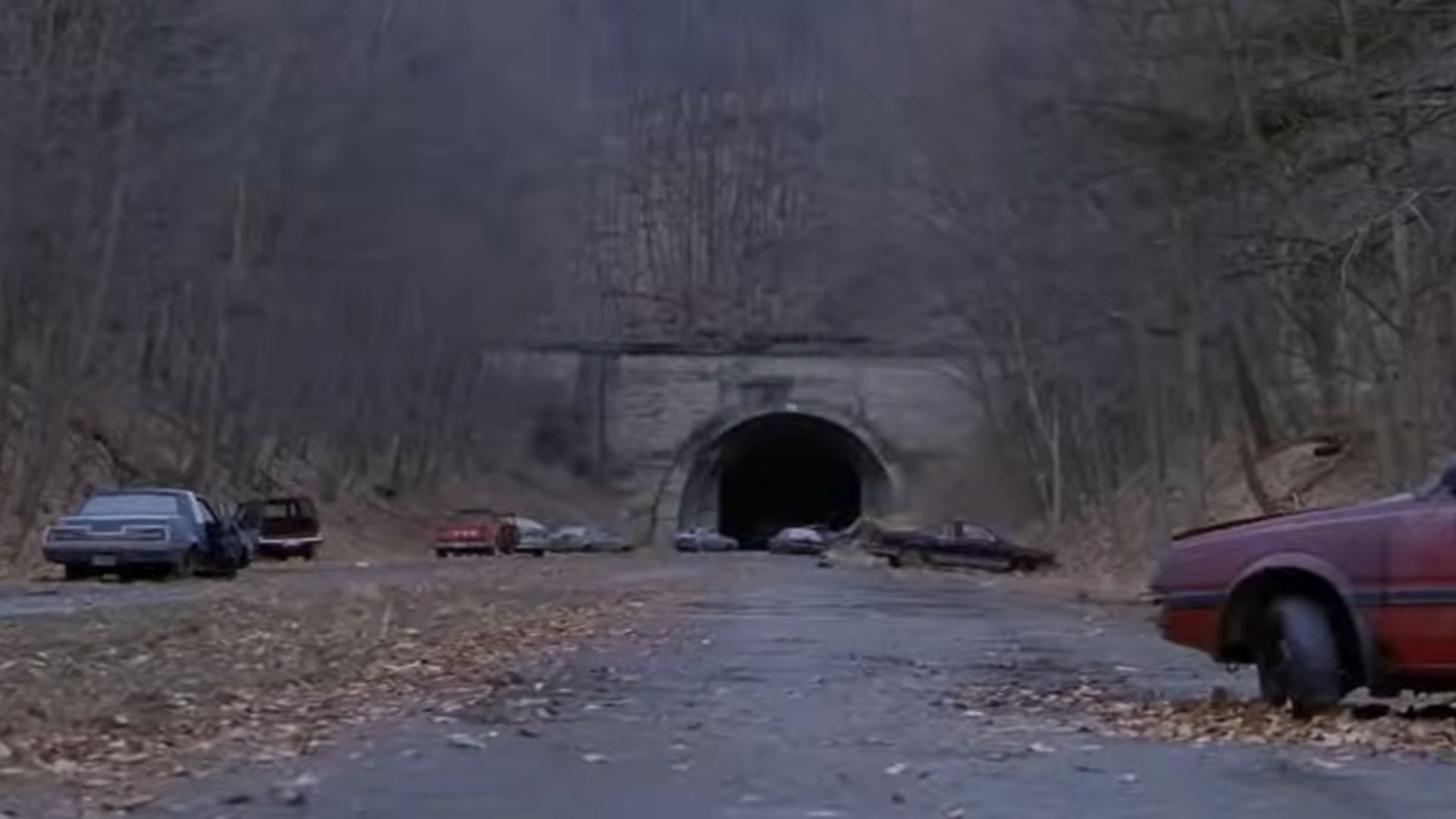
A father and son walk through silence and ash. “The Road,” based on Cormac McCarthy’s novel, refrains from explaining what caused the world to end. Instead, it lingers on what remains: cold, gray ruin and the fragile bond between two people. Directed by John Hillcoat in 2009, it remains one of cinema’s quietest apocalypses.
"Children Of Men"
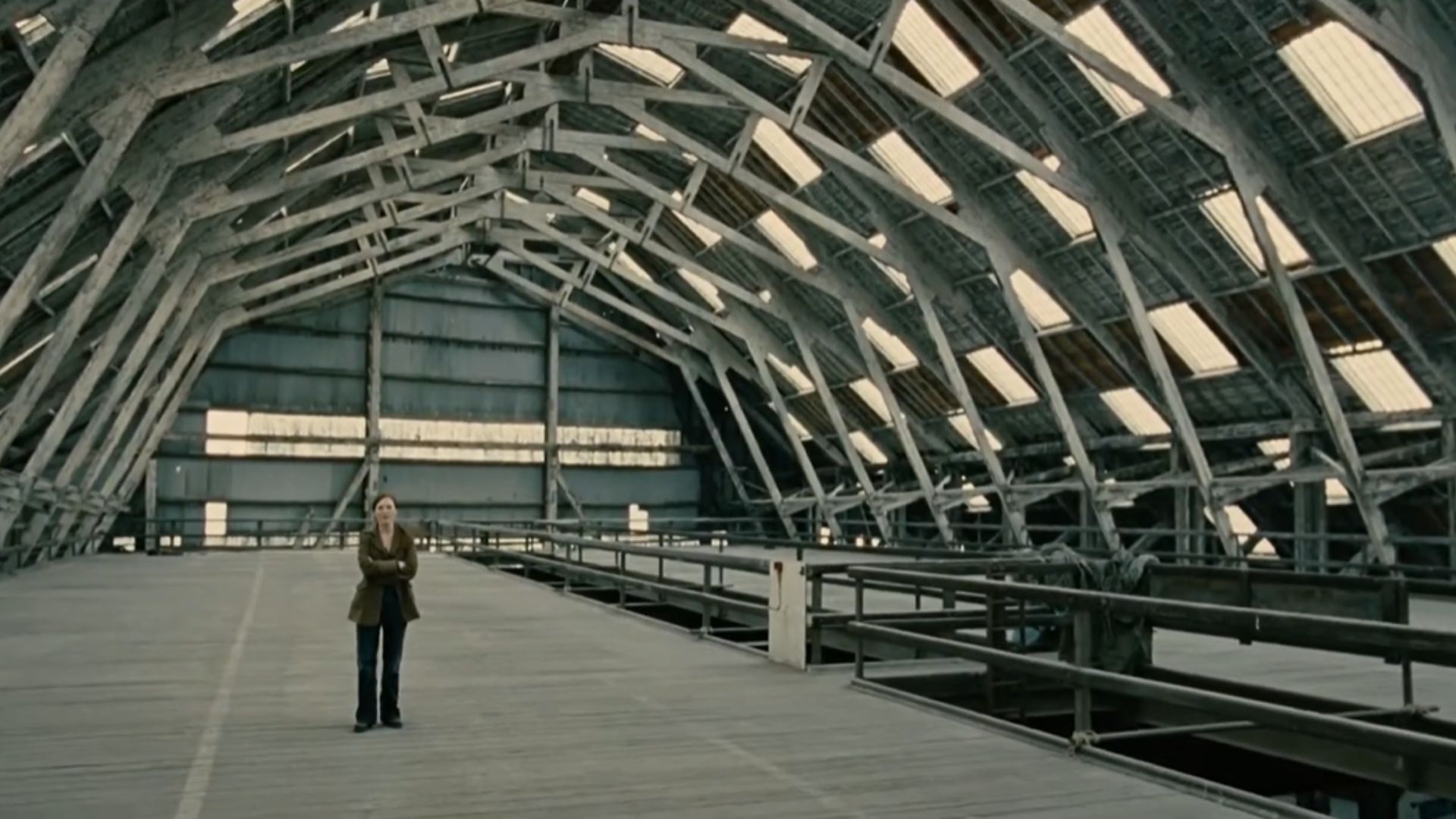
Hope has vanished in “Children of Men.” Set in 2027, humanity faces extinction as no children are born. Streets teem with armed patrols and desperate refugees. Alfonso Cuarón adapts P.D. James’ novel with long takes and brutal realism, which paints a future where fear replaces stability and systems collapse from within.
"WALL-E"
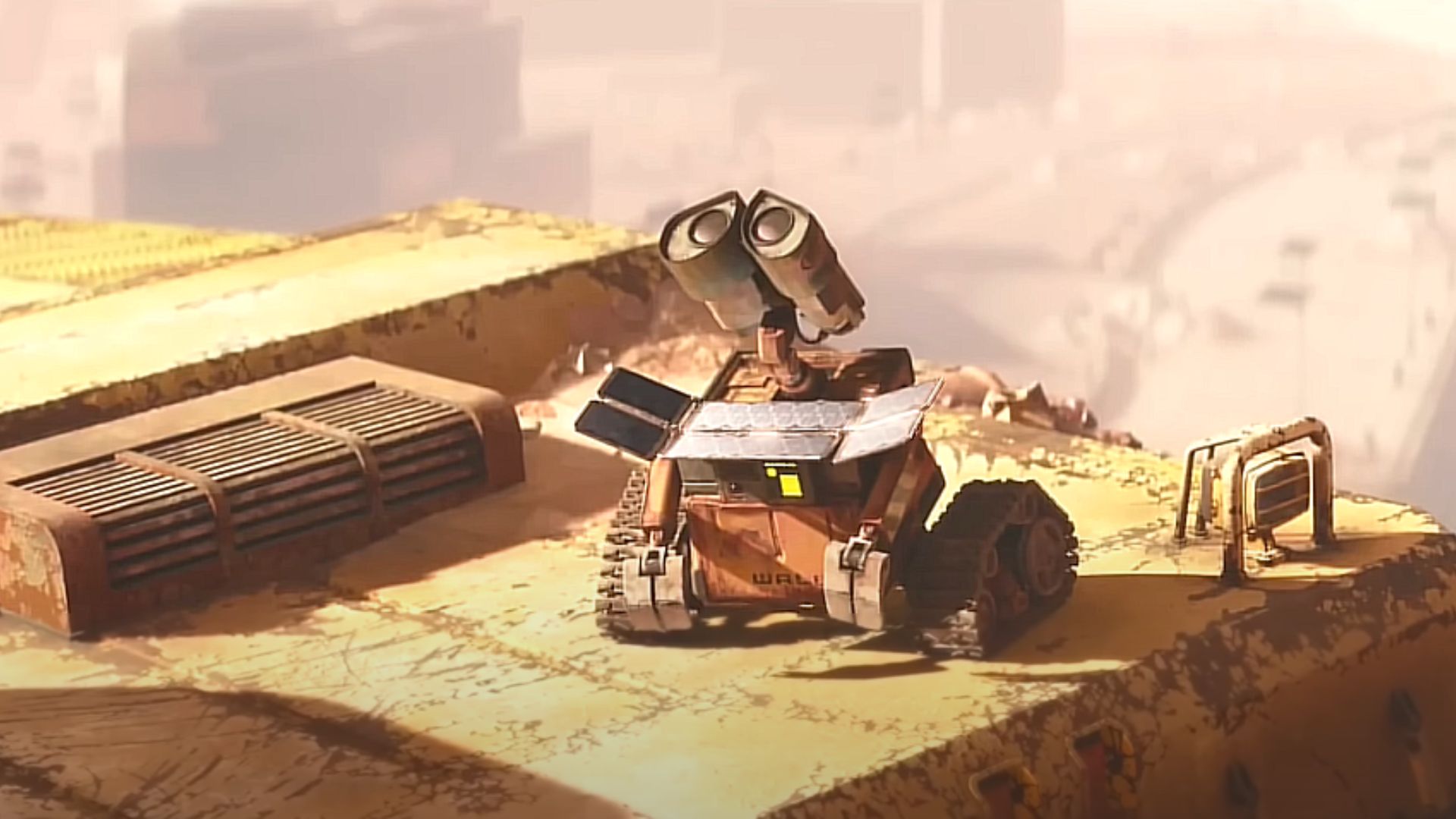
Pixar’s film won an Oscar and continues to echo in environmental discussions. “WALL-E” begins with silence and waste, a planet abandoned by people who fled. Trash piles have buried the Earth. As the last clean-up robot moves through the ruins, viewers confront a future built on overconsumption and neglect.
"28 Days Later"
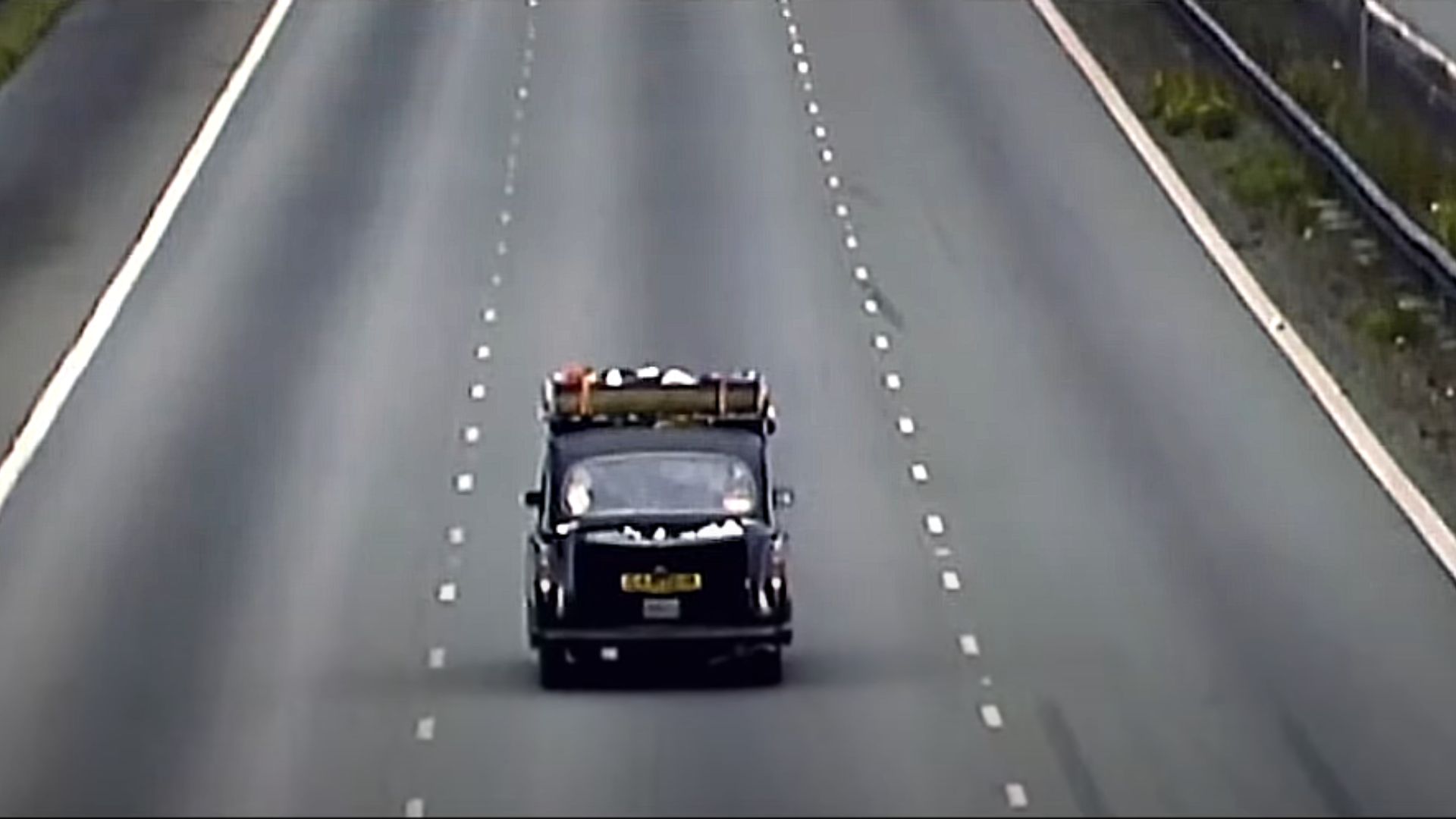
London is empty in “28 Days Later.” A virus has emptied the streets and left behind silence and fear. Filmed at dawn in real locations, Danny Boyle’s 2002 thriller employed handheld cameras to convey a sense of urgency. It reignited the zombie genre by showing what happens when modern systems fail within a matter of days.
"2073" (Asif Kapadia)
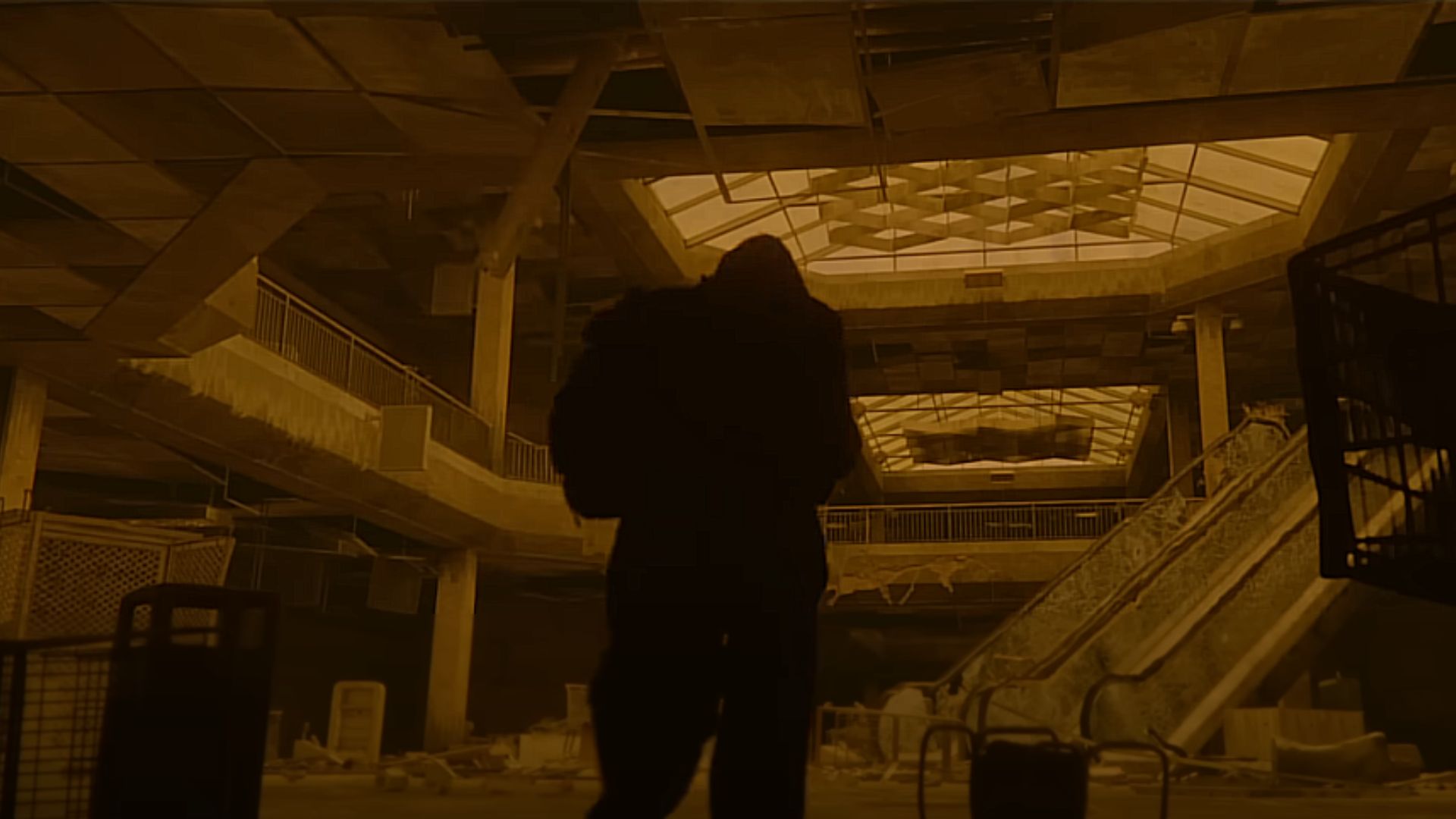
“2073” mixes fiction and documentary to warn us. Directed by Asif Kapadia and scheduled for release in 2025, it explores future authoritarianism and mass migration. Created in collaboration with NGOs and featuring real footage, it seamlessly blends credibility and dramatization. Early festival reactions suggest a new standard in future-focused storytelling.
